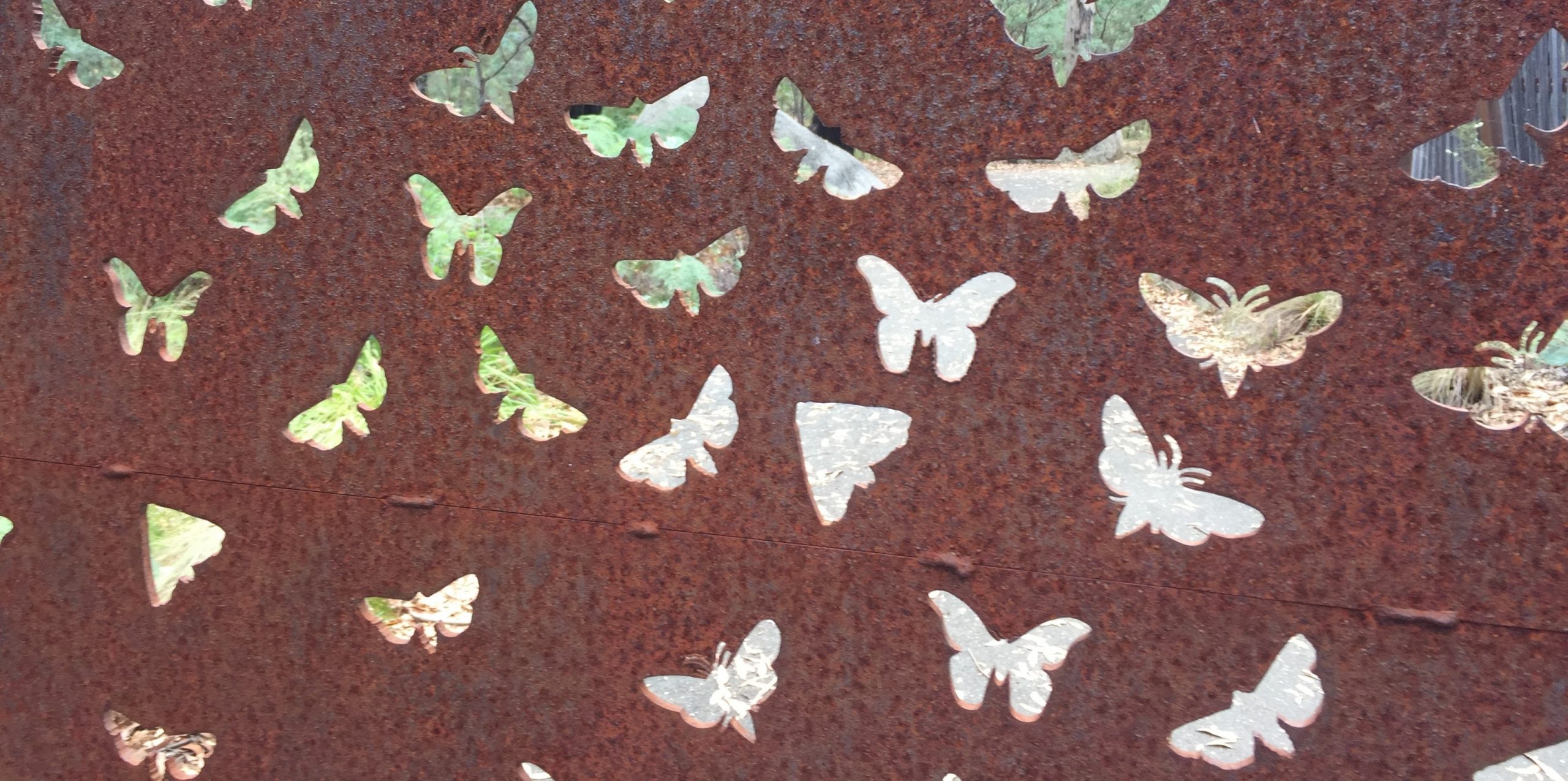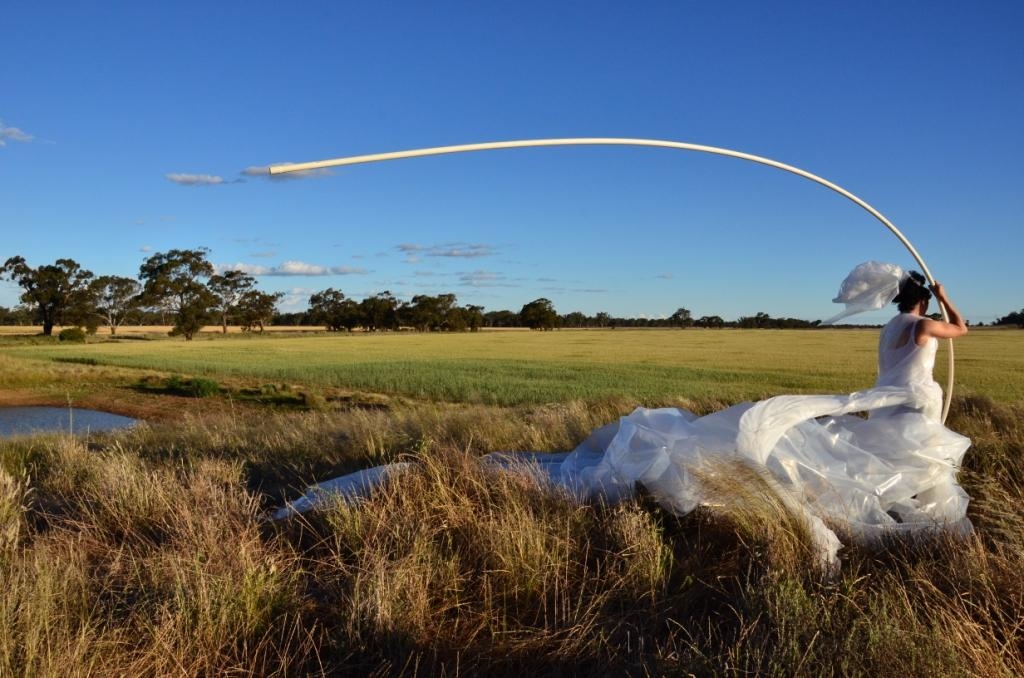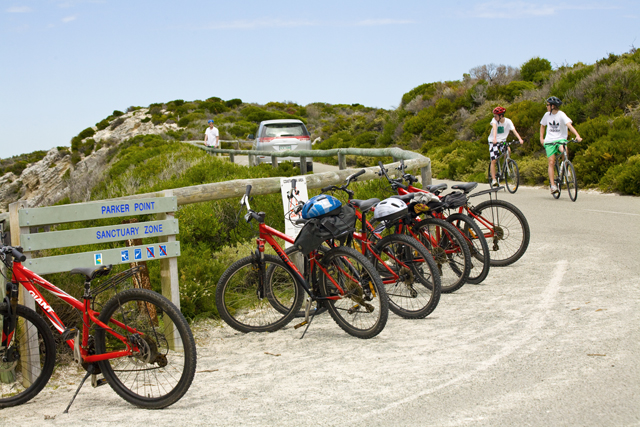Helpful to harmful

Remember Goldilocks? She was the girl who liked her porridge not too hot, not too cold but just right. When it comes to water, humans are just like her. Too much water is just as bad as too little, and it has to be just right.
Water is so essential to human endeavour that it is hard to keep this brief. On the helpful side of the equation, water is essential to maintain physical health, it’s an amazing solvent and cleaner, it provides beautiful places to recreate and extinguishes fire. On the harmful side, lives and livelihoods are destroyed in floods, damp conditions can affect crops and water can provide the right breeding grounds for organisms that impair human health. In this blog post I use two objects from the Museum’s collection to discuss some of these the positive and negative aspects of the health implications of water.
Healthy recreation
The National Museum of Australia holds the extensive Joseph Lebovic postcard collection. Lebovic was a theatre entrepreneur from Sydney who collected postcards, board games and jigsaw puzzles, as well as theatre memorabilia and art works. The first object chosen to illustrate healthy water is one of these postcards.
Postcards are a uniquely modern phenomenon. The world’s first photograph was created in 1826 by Joseph Nicéphore Niépce, a former soldier turned scientist and inventor.[1] However, it took some years for the technical aspects of photography to be resolved and for it to become more widely available. This was achieved by Niépce’s partner, Louis Daguerre, after Niépce’s death in 1833. He revealed his results to a heavily attended joint session of the Académie des Sciences and the Académie des Beaux-Arts on 19 August, 1839. Photography was hailed a miracle and in the 1840s the wealthy began to have portraits, or daguerrotypes, made of themselves.
Fast forward a few decades where the process of photography had been increasingly refined, and printing advanced the creation of the postcard. Initially utilitarian, photographers quickly cottoned on to the possibilities of promotion and cash flow that came from the picture postcard. Many photographers began to publish their images, leaving a record of turn of the century leisure, tastes, fashions and places.
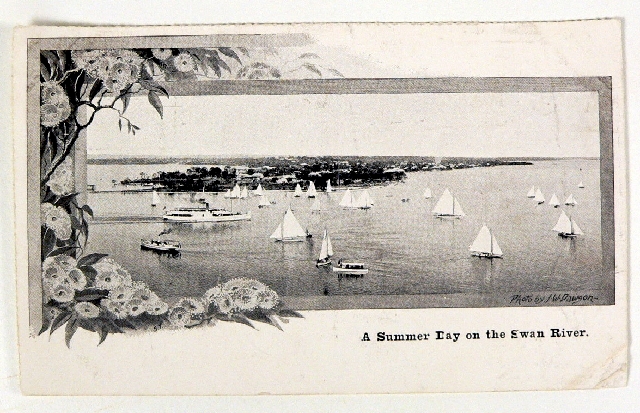
Our postcard depicts a very common scene in Perth, yachts on the Swan River on a summer afternoon. If you’ve been to Perth, you’ll recognise that this image is taken from King’s Park. The image was probably taken at the same time as one by the same photographer which was published in 1901 in the Western Mail, for a Christmas special.[2]
More akin to Sydney Harbour than Melbourne’s Yarra, the Swan River rises in the east in the Darling Range and traverses a short sandy plain before discharging into the Indian Ocean at Fremantle. Transport by water was initially the only method of communication between Perth and Fremantle, but once the settlement was established, the river’s broad and relatively shallow waters made boating a very attractive leisure proposition. By the time of this photograph, boating was a firmly established recreational activity. Perth had a variety of sailing clubs, including Mount’s Bay, Royal Perth, and Claremont and the sport was sufficiently well established to have regular columns in the Perth papers.
Yachting and other aquatic sports like rowing and swimming were considered to contribute to a healthy and virile population. Yachting and rowing were men’s sports, and competition was an essential part of masculinity. Races were reported in detail, with details of tactics, handicaps and times reported.
Also in this picture are small steamers. River cruisers were an established and popular excursion all around the country. Boats were regularly hired by groups and clubs for a day trip. On 13 February 1909 the Western Mail reported an end of session pleasure cruise for parliamentarians to Garden Island. After what sounds like a sumptuous lunch, the men went fishing, walking or bathing ’au naturel’. (It’s hard to imagine a modern pollie nuding up with their parliamentary colleagues).
Shorter trips to popular picnic and swimming spots were also a regular part of the summer, such as the St Patrick’s Day celebrations in 1901 at Point Walter. Some seventy years later, the author learnt to swim at Point Walter.
Perth’s at times sweltering heat made the river a magnet for the hot and bothered. Those who could afford boats could go sailing, while others merely decamped to the nearest bit of river foreshore they could get to. Access to water moderates temperature. Being able to bathe in cool water, drink cool clean water or experience a cooling breeze does more than make life comfortable. For certain elements of the population, the very young, the very old, and those with chronic illnesses who are less able to control their body temperature, cool water is a life preserver. To be able to access cool, clean water can mean the difference between life and death.
Hygiene and quarantine
Western Australians were quite familiar with the importance of clean water at this time, having committed to the construction of the Perth to Kalgoorlie pipeline. It was a measure intended to provide clean drinking water to its lucrative interior goldfields, as well as supply processing water. Most of the early history of the goldfields is summed in the title of Vera Whittington’s book Gold and Typhoid: Two Fevers 1891-1900 which chronicles the impact of water borne disease on the miners seeking their fortunes.
The second object from the Museum’s collection, a 1920s hand operated washing machine, is directly related to this issue of water borne disease, health and cleanliness. Each colony established a quarantine station to prevent the spread of infection diseases. The Museum holds an extensive collection of objects that documents the history of the Torrens Island Quarantine Station from South Australia.
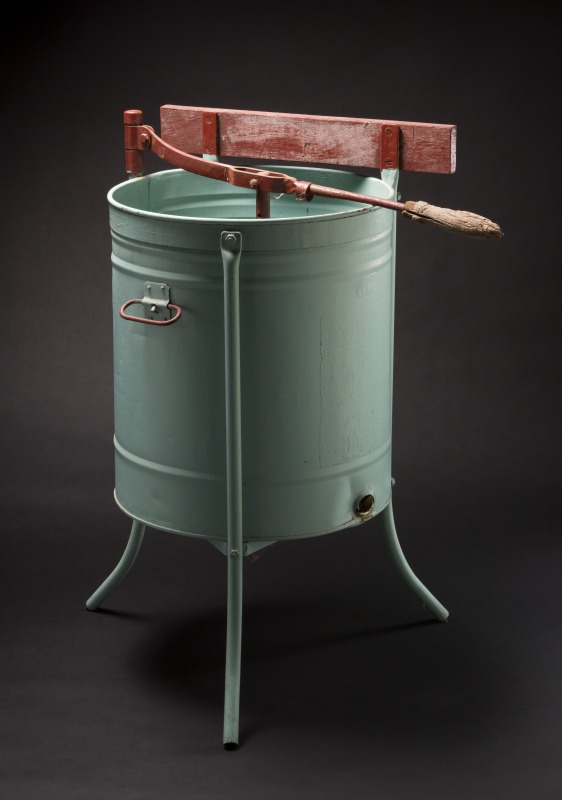
The use of Torrens Island for quarantine purposes dates from 1855, when it was largely a camp of tents. Building for a formal station began in 1879. The station was intended to protect South Australians from diseases like yellow fever, cholera, plague, small pox, typhus fever, leprosy and influenza. The concept of quarantine itself implies an understanding that humans are part of nature, because they can be affected by other organisms.
Implementing this policy in this location shows the government following centuries of tradition. It is claimed that the very first quarantine station was established in that most watery of cities, Venice, in 1403. However, Venice was merely copying its near neighbour, Ragusa (modern Dubrovnik), whose chief physician established a place outside the city walls where the sick could be treated as well as isolated. This was more compassionate than the ruler of Reggio who in 1374 proclaimed all the infected should be ejected from the city and in essence, left to fend for themselves. Thus, the black death had created such fear that segregation of sick people became the norm.[3]. Venice did establish the first permanent plague hospital in 1423 on the Island of Santa Maria di Nazareth. The island setting was ideal for segregation purposes, and the city states that copied Venice tried to use existing islands, or made islands by constructing moats.[4]
As much as water was used to contain the infected, it could carry infection and ironically it could also be used to cure it. As Linda Honey noted in her thesis about Torrens Island, ‘A consistent water supply was especially important for station disinfecting, bathing, and laundry facilities.'[5] Part of the reason why Torrens Island was selected, against publicly expressed concerns at the time, was because of the ease of supplying the necessary water. The washing machine was one of ways in which general hygiene and infection control was practiced. We don’t know precisely where it was deployed on the station, but there was a large laundry that processed all the linen used by the inmates and presumably their personal clothing.
From the moment ships docked, passengers were under assessment. The very obviously sick were immediately sent to the hospital, while others waited to be processed in the waiting room that awaited them at the end of the jetty. Their luggage was conveyed by a tram to the sterilising area. Over the years there were different methods of sterilisation using increasingly sophisticated technology. In 1855, immigrants’ clothes were disinfected with the use of zinc chloride. Zinc chloride, an odourless, solid poison that easily dissolves in water, has multiple industrial uses in manufacturing.[6] Later, this method changed to the use of sulphur in the first fumigation chamber, while the second chamber built in 1887 used temperatures of 220 degrees C to kill germs. These were powered by steam, another use of water to control disease.
The bathing block was the next stop on the passengers’ progress through the quarantine station. The passengers themselves were cleansed, although the manner of cleansing was dictated by each passenger’s class and wealth. Passengers who had paid first class fares were given proper baths in which to wash themselves, while lesser passengers had only showers. Finally, passengers were allocated their accommodations.
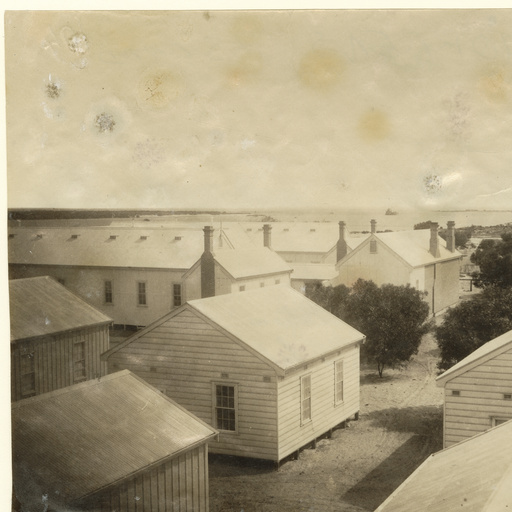
Passengers stayed under observation for signs of infection for approximately three weeks, thus generating washing during the stay. This, along with linens from the hospital, is what our washing machine processed.
Advances in technology and medicine eventually closed the Torrens Island Quarantine Station. A better understanding of disease transmission helped, as did improvements in infrastructure and hygiene, certainly in the developed world. It is well to remember that according to the UN, fully ‘783 million people, or 11 per cent of the global population, remain without access to an improved source of drinking water.'[7] Acknowledging how important water is to human health, the UN recently included water as a basic right. This is defined as ‘the right of every human being to have access to sufficient water for personal and domestic uses (between 50 and 100 litres of water per person per day), which must be safe, acceptable and affordable (water costs should not exceed 3 per cent of household income), and physically accessible (the water source has to be within 1000 metres of the home and collection time should not exceed 30 minutes)’.[8]
As the UN’s guideline shows, water’s presence is essential for life, but it depends very much on where it is, how much of it there is, what quality it is and how accessible it is. Human history has been shaped by these factors in ways which often seem so self evident that it doesn’t bear thinking about. It slips under the radar. These two humble and unglamorous objects, a postcard and a washing machine, tell stories that remind of us of this essential fact of the nature of human existence.
More
This blog post is the fourth essay in my series on the history and culture of water in Australia. Read my fifth essay, ‘Moving to still‘.
References
1.’Joseph Nicéphore Niépce‘, Harry Ransom Centre, University of Texas.
2. ‘Yachting on the Swan‘, Western Mail, 25 December 1901.
3. Paul S Shedev, ‘The Origin of Quarantine’, Clinical Infectious Disease, (2002), 35 (9): 1071-1072.
4. Eugenia Tognotti, ‘Lessons From the History of Quarantine, From Plague to Influenza A’, Emerging Infectious Diseases, (2013), 19 (2): 254-259.
5. Linda Honey, Quarantine Stations at Torrens Island and Point Nepean: A Comparison Study, Archaeology Thesis, Flinders University, 2006, p. 26.
6. Australian Government, National Pollutant Inventory, http://www.npi.gov.au/resource/zinc-and-compounds, accessed 1 May 2015.
7. ‘Water’, United Nations, http://www.un.org/en/globalissues/water/ accessed 12 May, 2014.
8. Ibid, emphasis in original.
Top image: Water sampling on the Wungong River, Perth, 2007. Photo by David McClenaghan, Wikimedia Commons.

